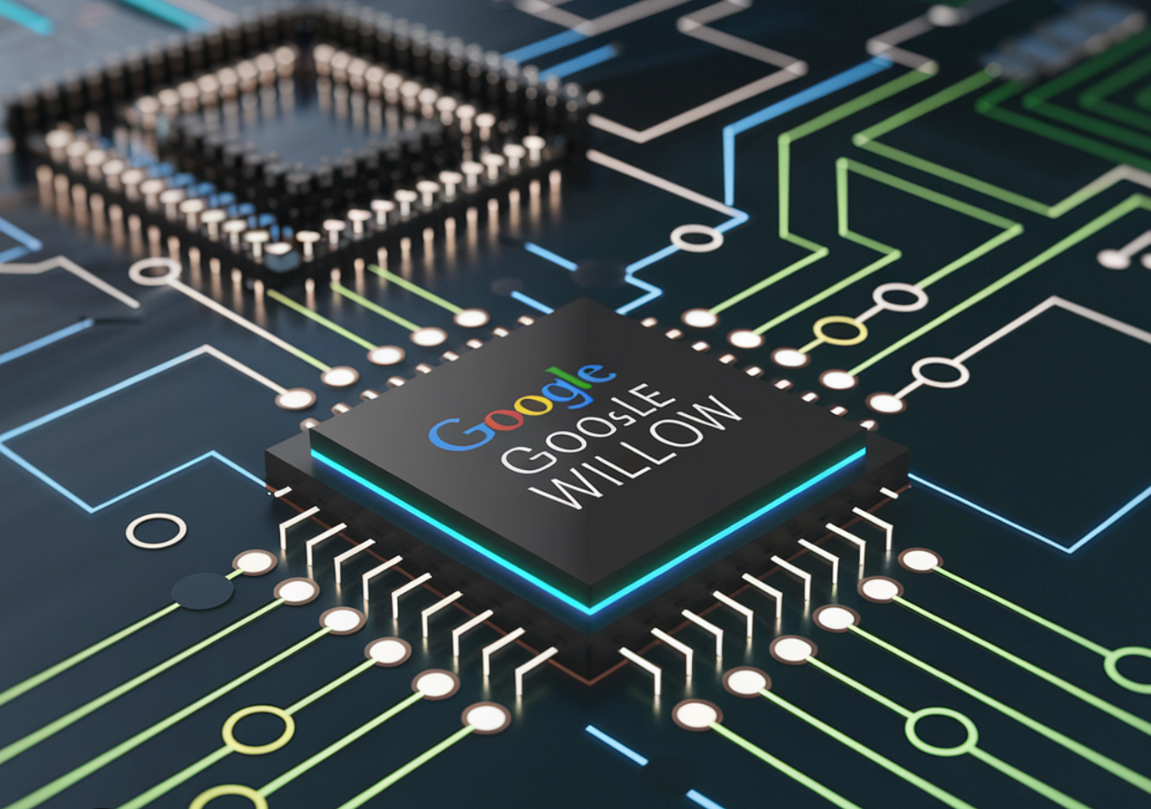
Intellectual property in nano computer technologies.
1. Introduction.
For nearly 20 years, as a lawyer working in the field of intellectual property, I have been observing the development of computer programs in various fields, while at the same time naturally following the global leap in computer hardware, since it logically corresponds, as a technological level, to the development of the specific stage of programming - these activities go hand in hand, so to speak.
Over the past 10 years, my attention has turned to the so-called "quantum computers" and their predecessors - "supercomputers", the intersection between them being that they can be generally defined as powerful machines used to perform complex calculations, solve problems and analyze data. It is important to note here that there are significant differences between these technologies in terms of software and hardware.
Supercomputers use a traditional, familiar computing approach with multiple processors to rapidly process large amounts of data and produce a single result. These computers are the fastest in terms of raw computing power, but they can only handle one task at a time and their processing capabilities are limited by Moore's Law [1] .